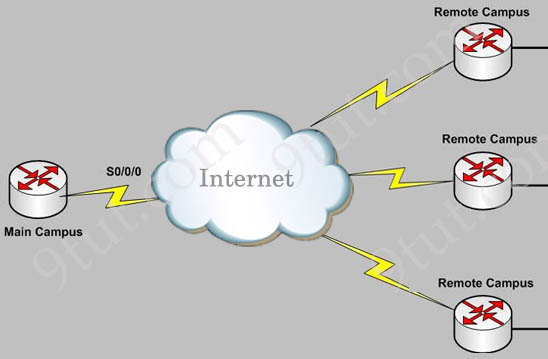Question 1
Explanation
This is a training program which simulates an attack, not a real attack (as it says “The webpage that opens reports that it was safe”) so we believed it should be called a “user awareness” program. Therefore the best answer here should be “user awareness”. This is the definition of “User awareness” from CCNA 200-301 Offical Cert Guide Book:
“User awareness: All users should be made aware of the need for data confidentiality to protect corporate information, as well as their own credentials and personal information. They should also be made aware of potential threats, schemes to mislead, and proper procedures to report security incidents. “
Note: Physical access control means infrastructure locations, such as network closets and data centers, should remain securely locked.
Question 2
Question 3
Explanation
In order to generate an RSA key for SSH, we need to configure the hostname and a DNS domain name on the router (a username and password is also required). Therefore in fact both answer C and answer D are correct.
Question 4
Question 5
Explanation
A site-to-site VPN allows offices in multiple fixed locations to establish secure connections with each other over a public network such as the Internet. A site-to-site VPN means that two sites create a VPN tunnel by encrypting and sending data between two devices. One set of rules for creating a site-to-site VPN is defined by IPsec.

In the topology above, Remote Campus sites can connect to the Main Campus through site-to-site VPNs.
Question 6
Explanation
This is an example of how two-factor authentication (2FA) works:
1. The user logs in to the website or service with their username and password.
2. The password is validated by an authentication server and, if correct, the user becomes eligible for the second factor.
3. The authentication server sends a unique code to the user’s second-factor method (such as a smartphone app).
4. The user confirms their identity by providing the additional authentication for their second-factor method.
Question 7